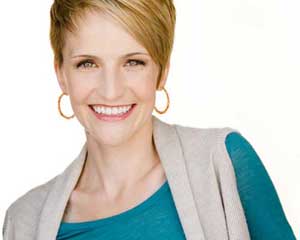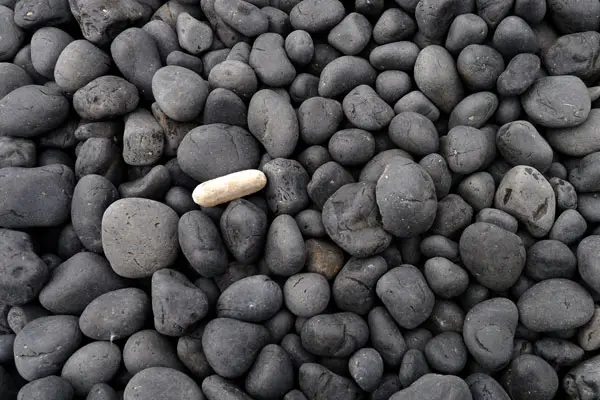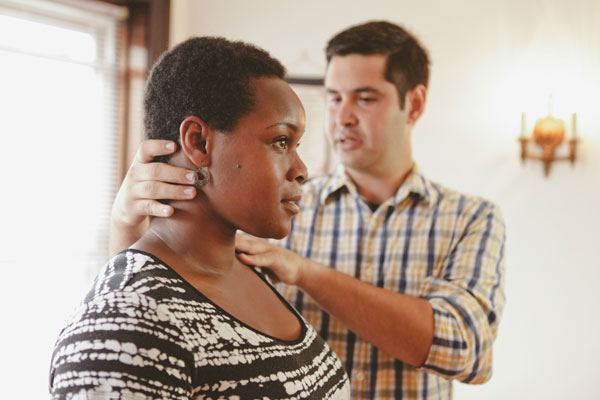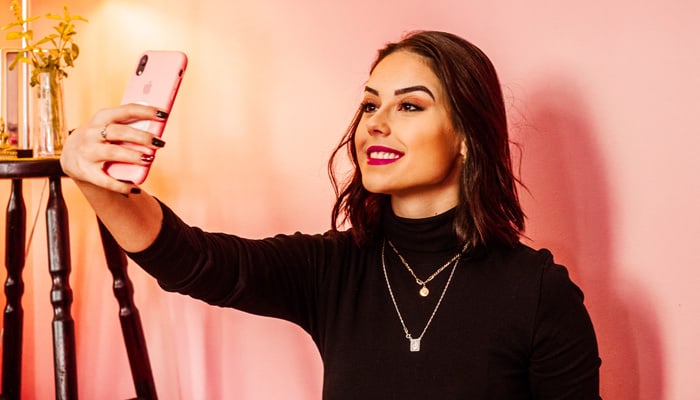
The holidays just ended, and smartphone vendors recently launched new devices for holiday sales. So too did DSLR and mirrorless camera makers. With their launches, smartphone vendors continue to push marketing campaigns. One principal marketing message is that their phones can move beyond taking a selfie to creating portraits. For an actor, particularly during COVID-19 when they might have concerns for getting headshots made with a professional, is it wise to use a selfie?
Smartphone technology has come a long way and each new generation takes even better pictures. However, DSLR and mirrorless camera technology has also come a long way. Furthermore, so have other ancillary technologies like desktop screen resolutions on which headshots are often viewed. When considering such factors, smartphone camera technology can easily come across as inferior. Overall, there are at least three reasons actors should go professional when it comes to headshots. And, with proper precautions, it is possible to safely get headshots made during COVID-19 too.
Actor Headshots are a Creative Process
A lot goes into creating an actor headshot. Overall, it is about capturing the essence of the actor for a particular look they are after. The essence part is a collaboration between the professional photographer you research and the actor. This involves communication about a specific look so a photographer can convey if that look is coming across during a shoot. It can involve viewing photos as they are made to ensure the shoot is on the right path.
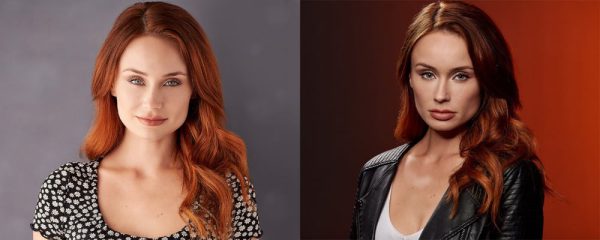
For the look part, there are many factors that come into play. The background matters. It cannot be overly busy, detracting from a focus on the actor. The lighting setup and quality of lighting is also critical to the look. For example, a lighting setup for a girlfriend character look is not the same as for a detective character look. Nor are wardrobes the same.
Much of these elements often require resources like studio backdrops, studio lighting, or even proper planning for the right natural light. These are the tools a photographer uses for a creative approach to capture the looks an actor is after. When it comes to maximizing the creative results using such tools, a smartphone is simply incapable of coming close matching high-end DSLR or mirrorless camera capabilities to showcase the creativity. Furthermore, removing a professional photographer from the equation to settle for a selfie largely removes the creativity that makes for standout headshots.
The Best Headshots are Technical
Most professional headshot photographers understand the best tools allow them to be more powerfully creative. There are at least four factors to consider, all around equal in importance. There is the photographer, the camera and lens, the lighting, and the postproduction work. If one of these are cut out, you have essentially reduced the potential quality of work by a quarter, if two, then by half, and so on.
In addition, there are layers of quality to each of these factors. Not all photographers, cameras and lenses, lighting, and post-production software are created equal. A photographer that has made countless headshots using professional equipment will usually have far more expertise than one who has not. A DSLR or mirrorless camera will produce infinitely better photography than a smartphone. Studio lighting has a superior quality over regular table lamp bulbs, and so on.
As for the post-production, some argue not to do it for actor headshots – that casting directors want to see you in a natural way. But on a big movie set, makeup is used alongside high quality lighting. Stylists are there too. It is a high-quality production. An actor’s headshot is too.
Using post-production to significantly alter ones look – say to drop weight or remove a facial tattoo, for example – is likely not wise. However, this negates to consider several factors where post-production can be helpful. On the most basic level, you will want to do basic edits like cropping. But removing a stray hair, acne that will likely be gone next week anyway, excessive lint on a shirt, and so on, are good ideas to do. With the quality of files provided in high-end DSLR or mirrorless cameras, such edits are far better executed compared with a smartphone’s photo files.
Professional Headshots Required
When you go with a professional photographer, the professionalism in the results stands out. And at the end of the day, this is what an actor needs from their headshots. Using a smartphone selfie is more likely to make you stand out in the opposite way you intended – as unprofessional and not serious about an acting role.
At its core, an actor headshot is a photo focused on a person’s face used for the commercial purpose of enticing a casting director to consider that face for a role. This entire process is professional. Inserting a selfie into the equation risks adding unprofessionalism.
The headshot continues to be a key marketing tool for actors. Marketing tools should always be professionally produced to maximize results. For analogy, a selfie post by an influencer for a product is no match in marketing possibilities compared with a director-produced video commercial and all the equipment that goes with it. The same goes for an actor headshot.
Rafael Larin is an award-winning headshot photographer in the Los Angeles area. He operates the Headshots by The Light Committee studio where he regularly works with actors and other professionals to create professional headshots.


